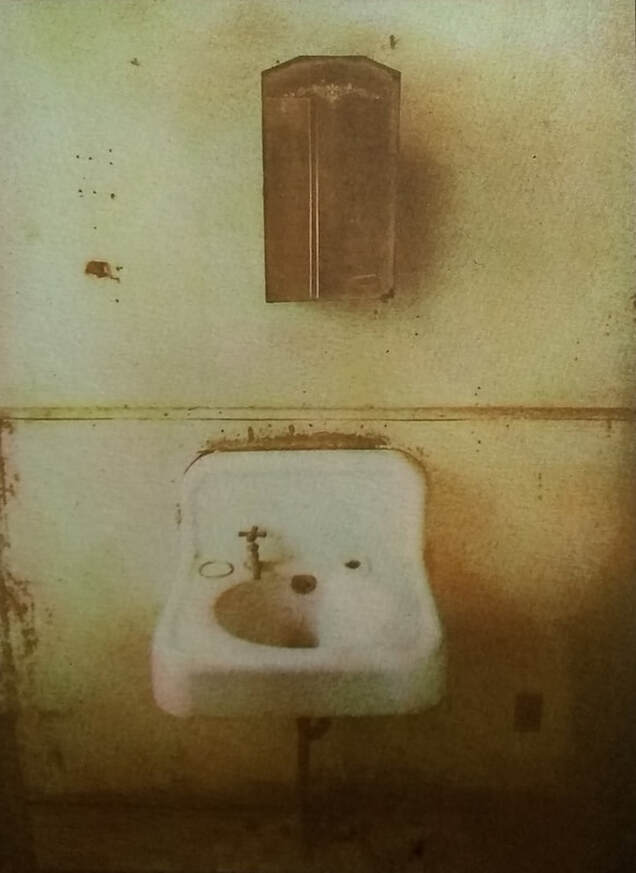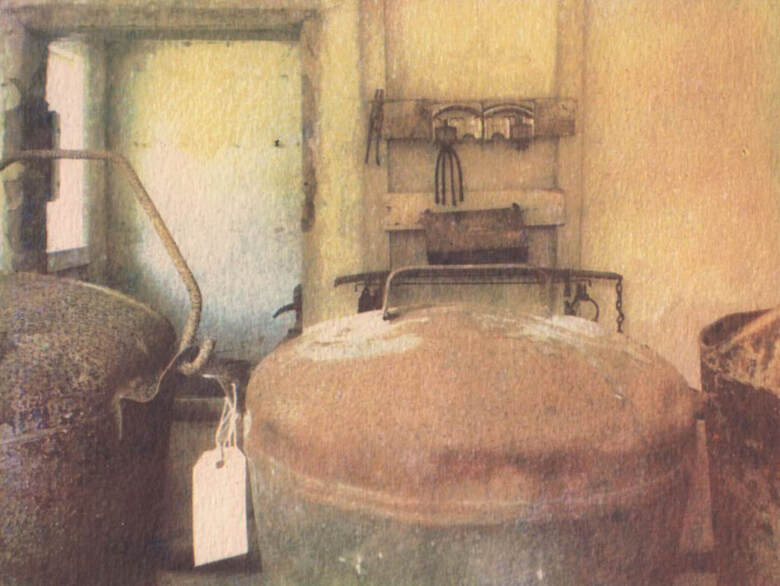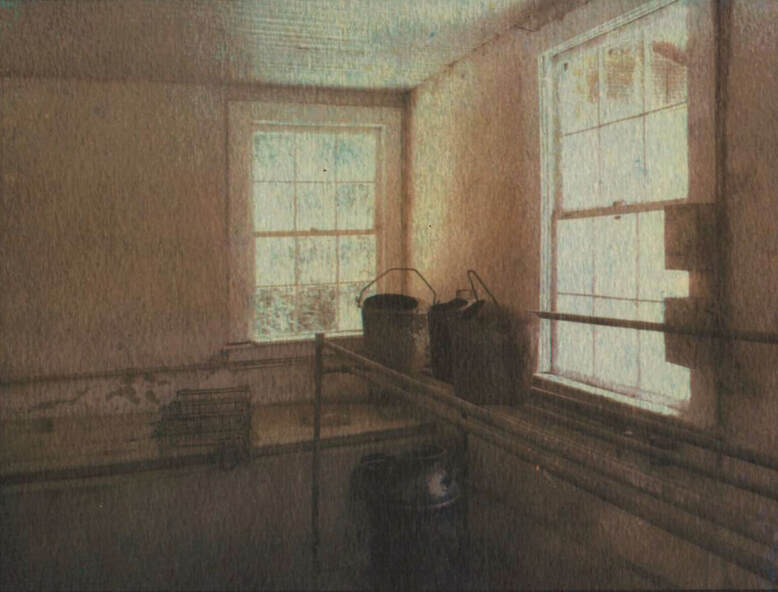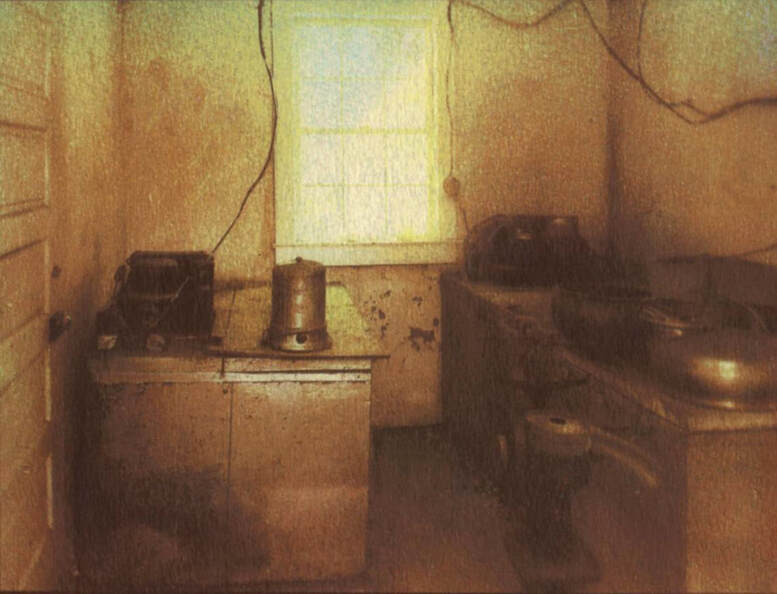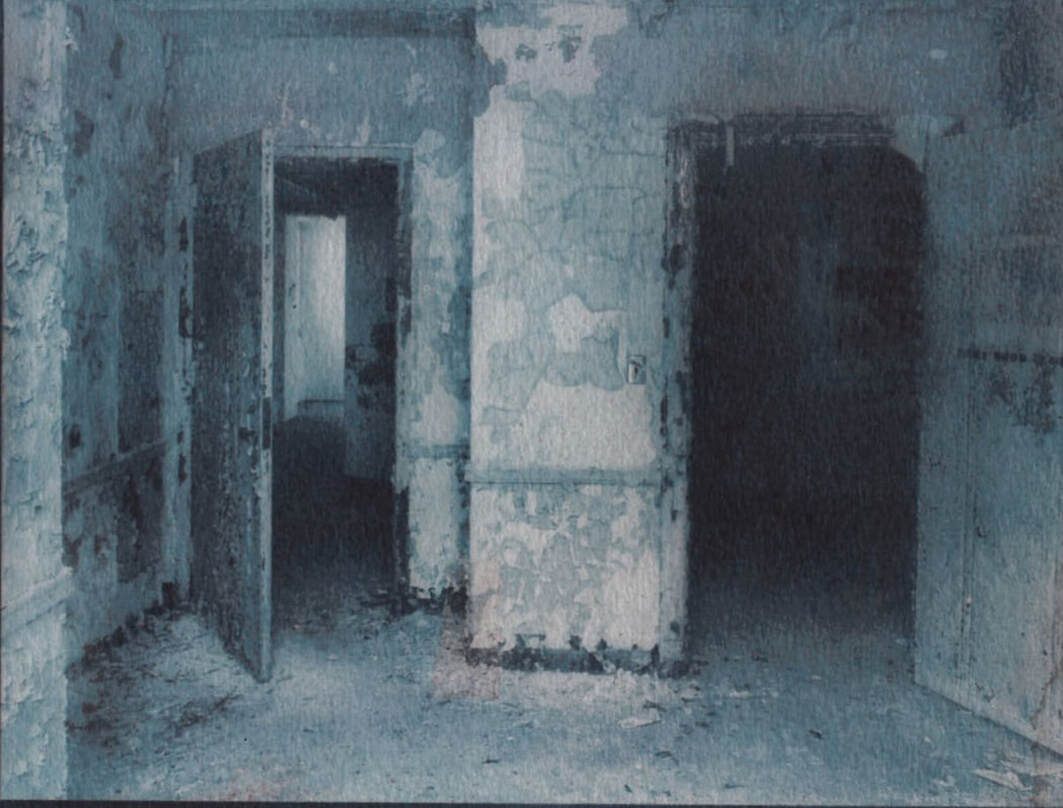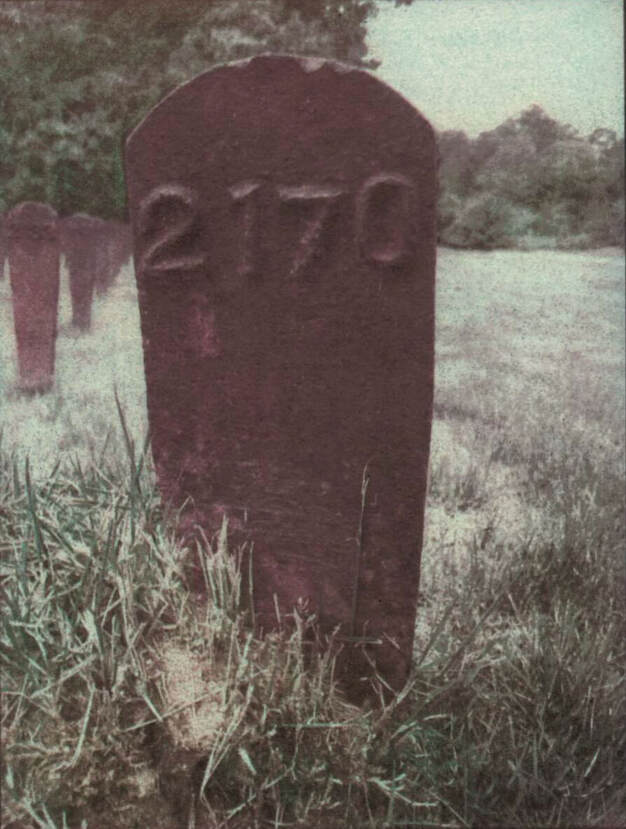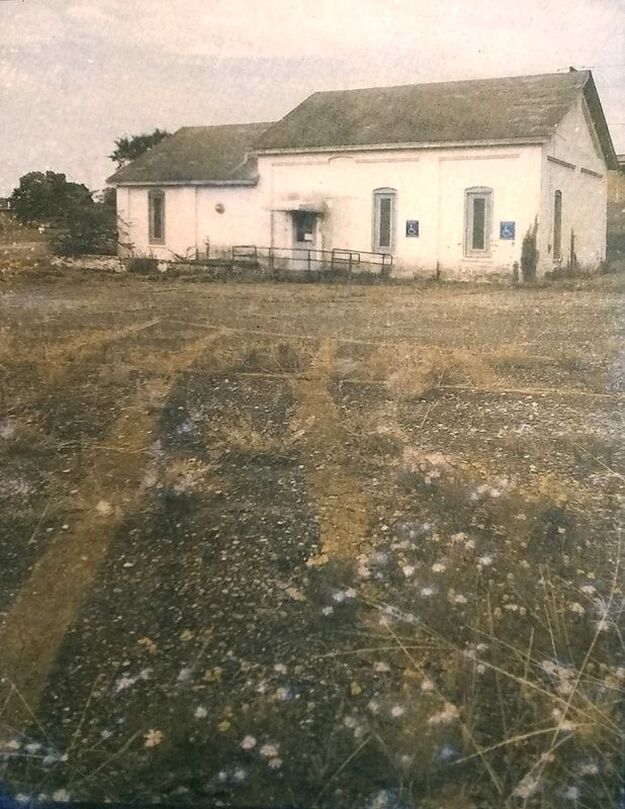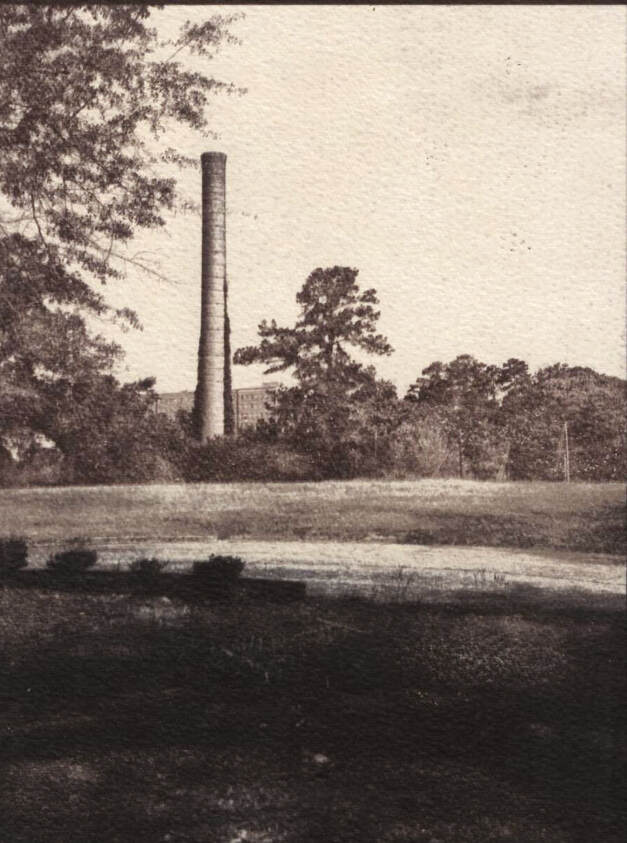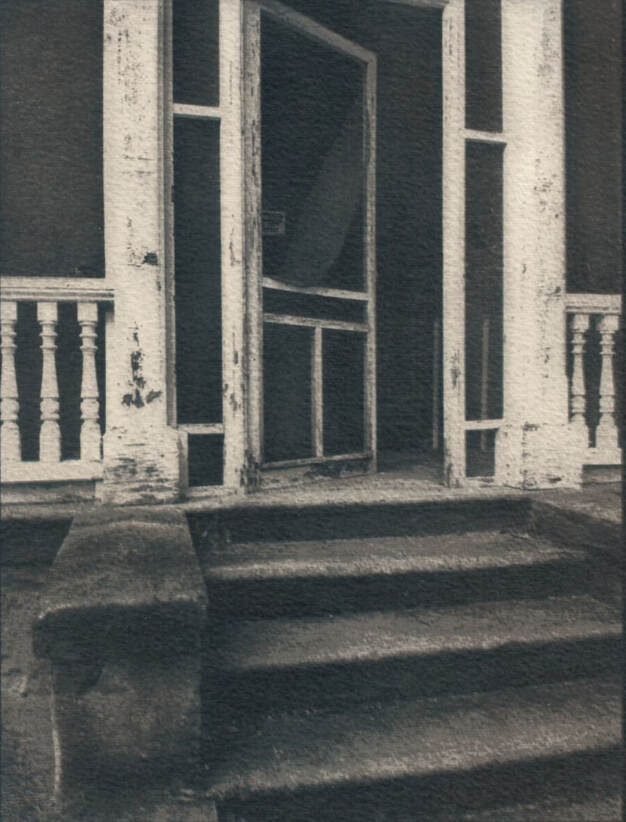milledgeville
Milledgeville is located in central Georgia. It has a long history, and is best known for the writer Flannery O'Connor, Georgia College and Central State Hospital. Milledgeville was featured in an episode of Hometown Georgia produced by PBS. I visited there in August 2019.
All of the images below were made using the 19th century gum printing process.
Milledgeville is located in central Georgia. It has a long history, and is best known for the writer Flannery O'Connor, Georgia College and Central State Hospital. Milledgeville was featured in an episode of Hometown Georgia produced by PBS. I visited there in August 2019.
All of the images below were made using the 19th century gum printing process.
Andalusia
Flannery O’Connor’s family home and farm was known as Andalusia. Below is the house she lived in from 1951 to 1964 as her health gradually declined from Lupus. Most of her writing was completed here with the surroundings and its people influencing her work.
Flannery O’Connor’s family home and farm was known as Andalusia. Below is the house she lived in from 1951 to 1964 as her health gradually declined from Lupus. Most of her writing was completed here with the surroundings and its people influencing her work.
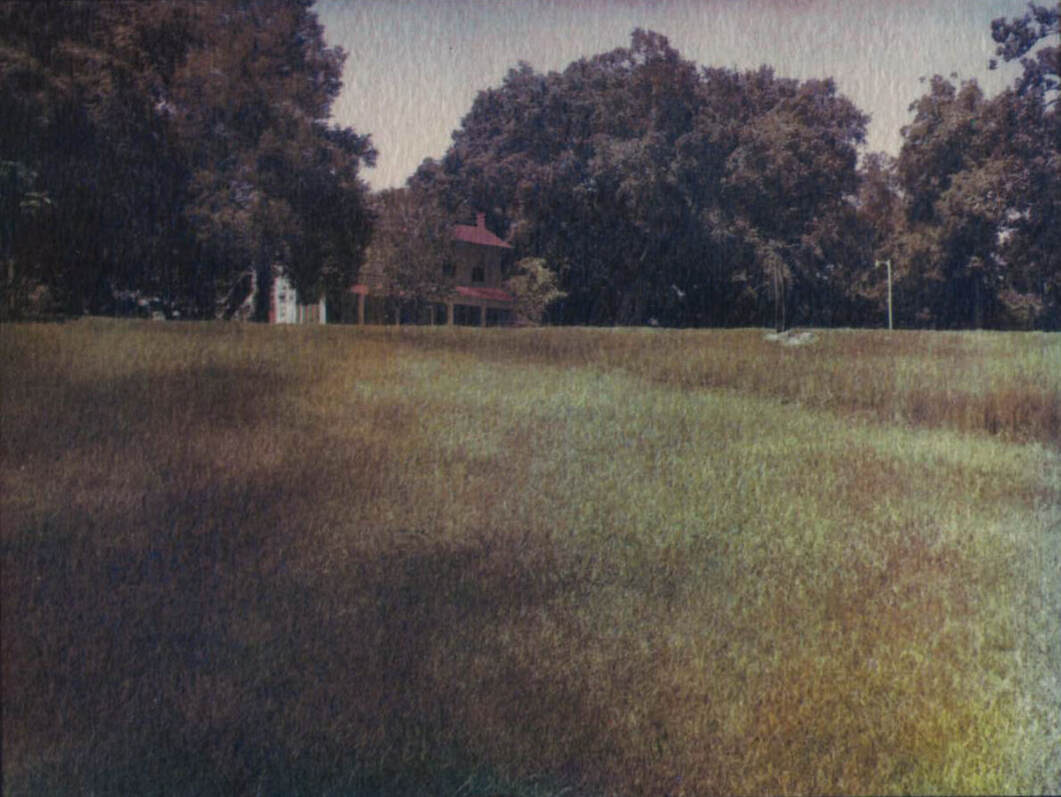
Hill House
Built in the 1820s, Hill House served as a residence for farm workers at Andalusia. The bare bones quality of the house is represented in the bathroom below. While visiting there temperatures were in the mid-90s. Inside felt like a wooden oven. It was a place untouched and trapped in time - the perfect setting for an O’Connor story.
Built in the 1820s, Hill House served as a residence for farm workers at Andalusia. The bare bones quality of the house is represented in the bathroom below. While visiting there temperatures were in the mid-90s. Inside felt like a wooden oven. It was a place untouched and trapped in time - the perfect setting for an O’Connor story.
The Farm
A number of structures are preserved at Andalusia. The farm once covered over 500 acres and had a large dairy herd for many years. Equipment below in the cooling shed was used to keep the milk safe before it went to market.
A number of structures are preserved at Andalusia. The farm once covered over 500 acres and had a large dairy herd for many years. Equipment below in the cooling shed was used to keep the milk safe before it went to market.
Gum Photography
Images on this page use a photo process known as gum dichromate printing. Dichromates are light sensitive. In the mid-19th century, it was discovered that this chemical will harden gum arabic (a plant product) in degree to the amount of light received. To make an image, color pigment and dichromate are mixed with gum arabic and brushed onto a sheet of paper. A negative transparency of the image is put over the dried mixture and exposed to light. Placed in a tray of water, the unexposed gum washes away leaving the image behind.
Color prints are made by layering red, yellow and blue over one another. A wide array of tonal effects are possible, from natural to highly expressive. The wet surface of a print can also be manipulated for artistic purposes. Images can be made to look more like paintings than photographs. This ability was prized by the Pictorialists in the late 19th and early 20th century. Gum printing is a slow process - many hours are often needed to create one work. Images shown measure 6 x 8 inches.
Images on this page use a photo process known as gum dichromate printing. Dichromates are light sensitive. In the mid-19th century, it was discovered that this chemical will harden gum arabic (a plant product) in degree to the amount of light received. To make an image, color pigment and dichromate are mixed with gum arabic and brushed onto a sheet of paper. A negative transparency of the image is put over the dried mixture and exposed to light. Placed in a tray of water, the unexposed gum washes away leaving the image behind.
Color prints are made by layering red, yellow and blue over one another. A wide array of tonal effects are possible, from natural to highly expressive. The wet surface of a print can also be manipulated for artistic purposes. Images can be made to look more like paintings than photographs. This ability was prized by the Pictorialists in the late 19th and early 20th century. Gum printing is a slow process - many hours are often needed to create one work. Images shown measure 6 x 8 inches.
Central State Hospital
Central State Hospital is located in Milledgeville. Opened in 1842, it served those with mental illness and developmental disabilities. At its height, the hospital consisted of 200 buildings on 2000 acres and housed some 12,000 patients. Mostly, but not entirely closed in 2010, the abandoned campus is open for exploration. While there I only saw one or two other people. Summer insects buzzing in the distance was the soundtrack for this lonely and desolate place.
Central State Hospital is located in Milledgeville. Opened in 1842, it served those with mental illness and developmental disabilities. At its height, the hospital consisted of 200 buildings on 2000 acres and housed some 12,000 patients. Mostly, but not entirely closed in 2010, the abandoned campus is open for exploration. While there I only saw one or two other people. Summer insects buzzing in the distance was the soundtrack for this lonely and desolate place.
More information about gum printing and other historic/alternative photographic techniques used can be found at alternativephotography.com
